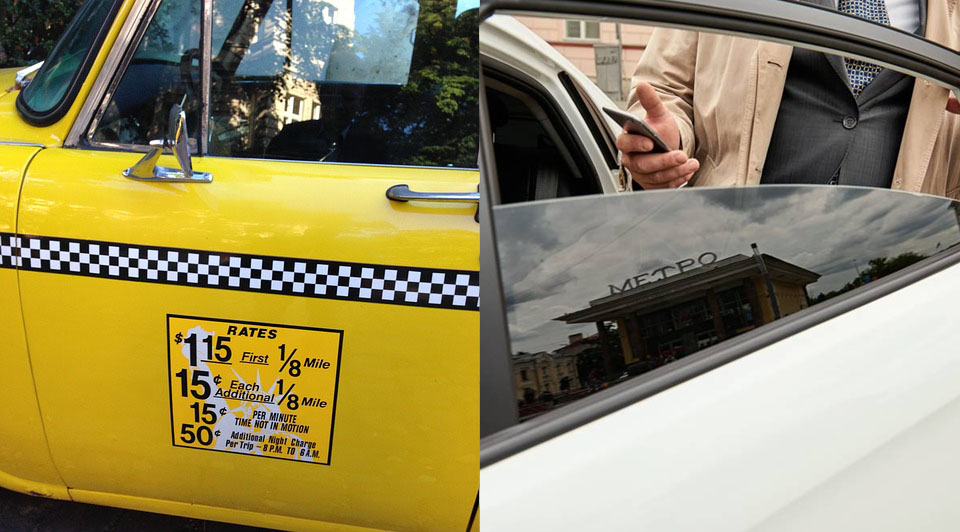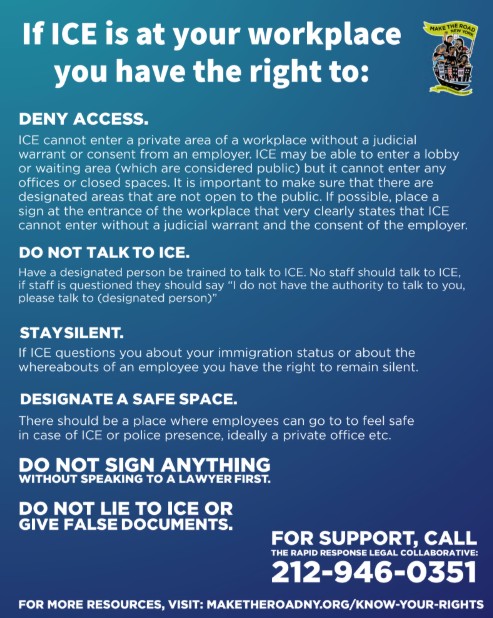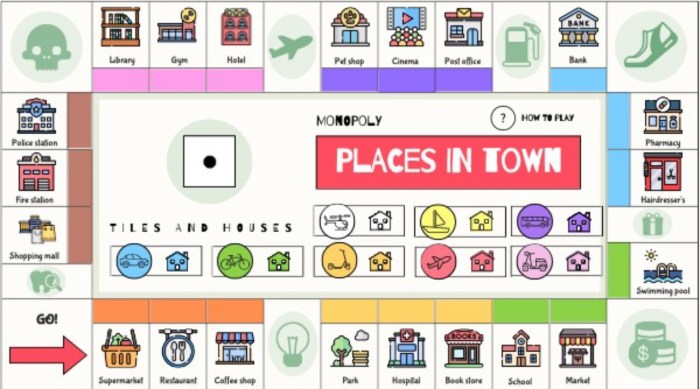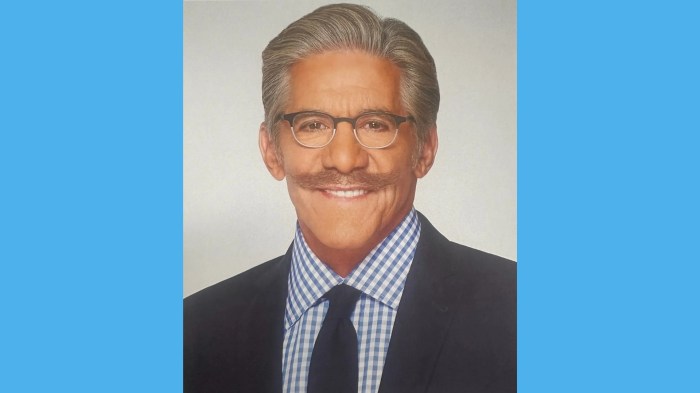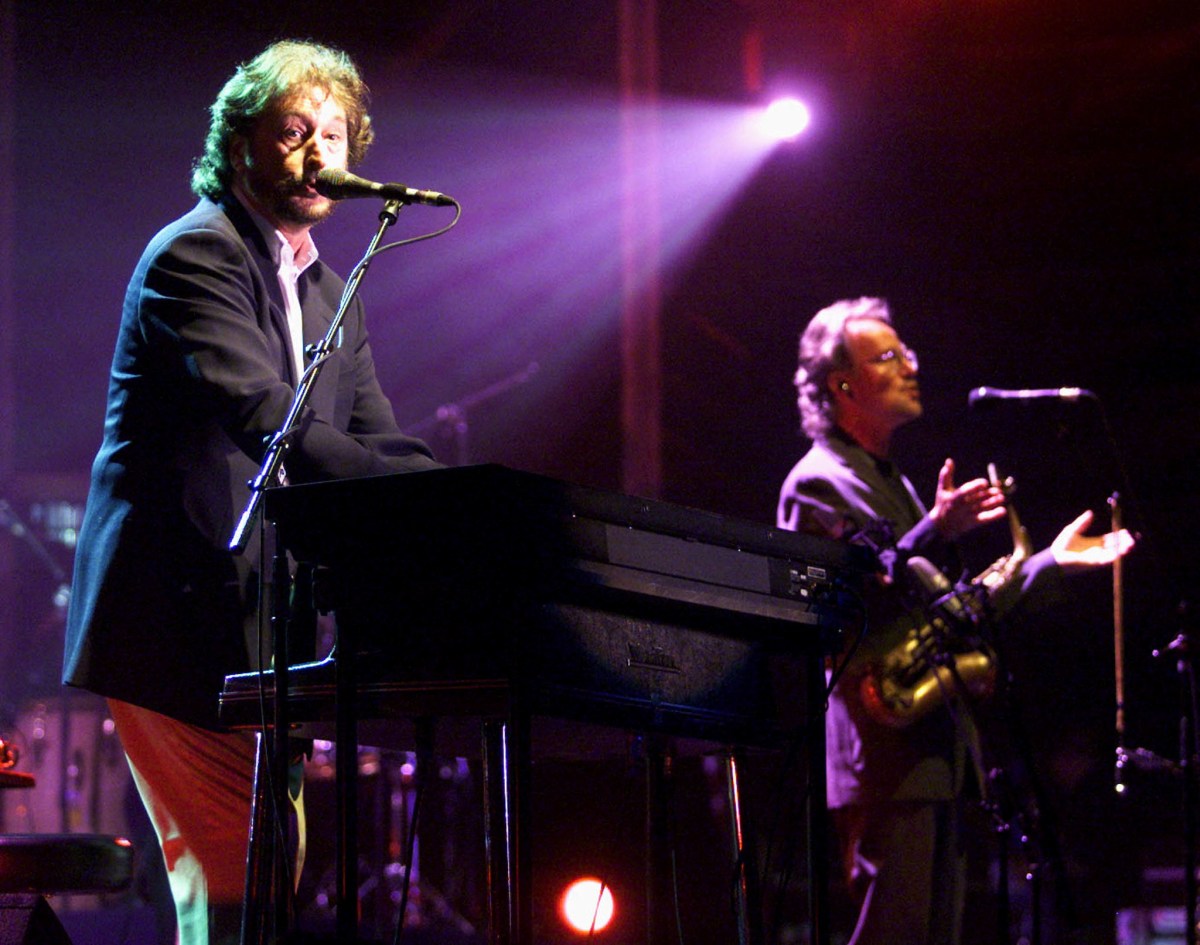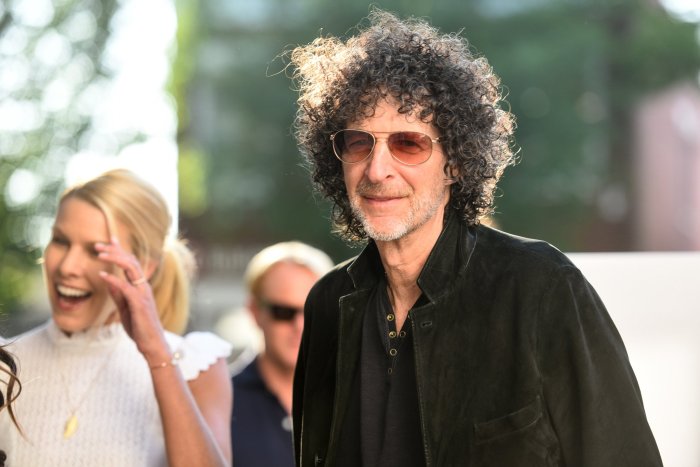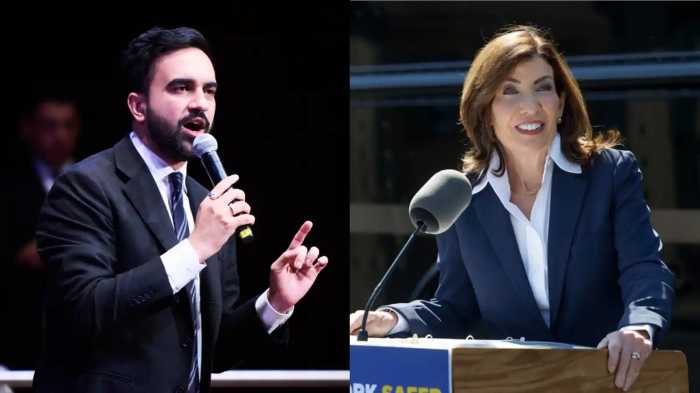 A few weeks ago, I met my friend Bruce at Lilly Flanagan’s in Babylon to see the band Victims of Rock. Although he’s recently been out of work, he told me he took an Uber from his home in Mount Sinai.
A few weeks ago, I met my friend Bruce at Lilly Flanagan’s in Babylon to see the band Victims of Rock. Although he’s recently been out of work, he told me he took an Uber from his home in Mount Sinai.
I questioned how much an Uber cost him, and was surprised when he told me nothing, he drove himself. Bruce had become an Uber driver and in his first few days, was making some serious cabbage. Turns out, it’s not difficult to become a driver for Uber if you’re not a criminal or psychopath.
After a background check and confirmation that you have a registered vehicle (along with a clean driving record), you’re in the club. You drive when you want and no cash is exchanged. Everything is done via the mobile app on your phone. A rider requests an Uber, a driver responds to the request, and off they go. The rider pays for everything with a credit card, including the tip. Easy, peasy.
Bruce has the perfect personality for this new venture with his penchant for small talk. He even provides complimentary water bottles to his passengers. Apparently, Uber passengers rate the driver after each ride, so it benefits the driver to be pleasant, accommodating and efficient in their driving. Tips aside, maintaining a high rating as a driver might result in getting future fares.
I’m not sure I would make a good Uber driver. Knowing how I drive, I expect most of my passengers to run screaming from my car, praying to their God and thanking him for protecting them. I have a little bit of a lead foot, but in my day, the faster you completed one fare, the faster you can accommodate another. Time is money.
As a young adult, I drove a taxi on the weekends in both Massapequa and Wantagh. The taxi cabs were, let’s just say, never in the best of condition. My father, who also drove, warned me to never turn off the engine, as there was always a possibility it would not start again.
The interior of the cars was old and worn, and very few of them had a working radio. Each car had its own idiosyncrasies. The passenger side window in the back of car #7 didn’t open. The interior lights on car #1 didn’t work, but it was the only car with a working FM radio. If you wanted air conditioning, you’d have to fight the other drivers for car #5 (or just get there real early). The word on the street was to stay away from car #9, even though I never knew why.
Our fares were radio dispatched, no street pickups allowed. I’d get the occasional Saturday afternoon drunk who didn’t know their address (which was always an adventure), but mostly it was people going shopping, or going home from the train station. My biggest fear was if the drunk was going to make a “mess” in the car.
Occasionally, you’d have an airport run, and that was a big fare. Just one of those could make your weekend. But everything was a cash transaction, so you had to make change. People paid the fare and tipped you in cash. There was no GPS, so I always carried a dog-eared map of the town with me. Of course, when the destination was another town, like Merrick, there was a lot of guesswork involved unless the rider knew where they were going.
With Uber, everything happens in real time on your phone. You can track your driver on the app while you wait, and when he picks you up, your destination is already plotted out for him on his phone. It’s virtually foolproof.
Come to think of it, maybe I would make a good Uber driver after all. At least if that drunk makes a mess in the car, Uber is going to charge them a “cleaning” fee that goes to the driver. Man, those guys thought of everything.
Paul DiSclafani, a Massapequa resident, is a 2018 Press Club of Long Island award-winning columnist and an Anton Media Group contributor since 2016.




